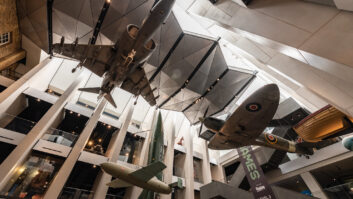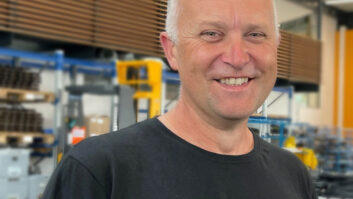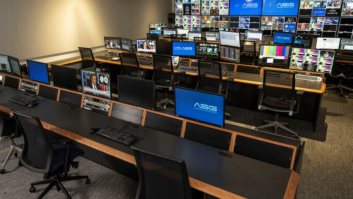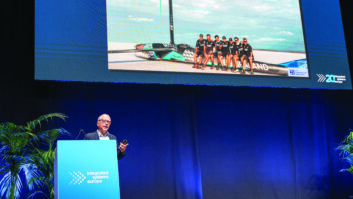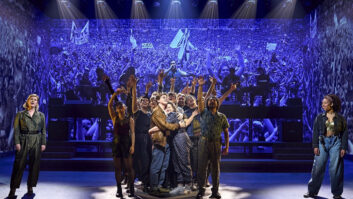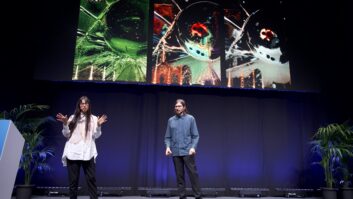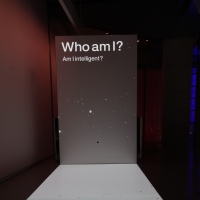
The revamp of the ‘Who Am I?’ exhibit at London’s Science Museum has broken new ground in terms of an interactive visitor experience, thanks to Calibre UK’s PremierViewProHD Image Warp Processors.
An interactive exhibit that explores brain science, genetics and what makes us who we are, ‘Who Am I?’ was first opened in 2000 but has now been completely overhauled to reflect the latest scientific research. At the heart of the new-look exhibit is ‘Me3’, a multi-element interactive experience divided into Central Exhibit, Threshold, and Backdrop zones.
Calibre image processing lies at the heart of the extraordinary Threshold zone which forms a dramatic entrance to the gallery, featuring moving coloured particles that are constantly projected onto the floor of a long ‘catwalk’ with seamless projection. Visitors are ‘drawn’ along the floor by the colours and, as they approach the wall at the end, a concealed camera captures the infra-red reflections given off by each individual. These are then translated into a personal, particle-based image that runs down the wall and onto the floor, mimicking each body’s movement in real time.
Five Panasonic 6000 series projectors are positioned out-of-sight and driven at angles to fulfil the project brief of seamless imaging moving along a horizontal and then a vertical surface, but this created a challenge for systems integrator Sarner, according to the company’s head of engineering, Chris Hawes.
“At the time we tendered for the project, there was no solution on the market capable of achieving a seamless vertical and horizontal video wall with 180-degree interaction,” Hawes explains. “Fortunately, by connecting PremierViewProHD Image Warp Processors from Calibre to each of the projectors, we were able to warp the projected images and blend them back into shape to create a single, continuous image. Visitors are able to walk within 1.9m of the wall without affecting the projection at all.”
The projection of coloured particles continues in the Central Exhibit zone of Me3, where a large interactive table brings visitors together to investigate what makes them unique. This zone is linked to Backdrop – a large (18 x 4m) videowall that uses the data input by visitors on the tables to create unique images. A further four Panasonic 6000 projectors are used here, but the requirement that they should be out-of-sight obliged Sarner to position them off-axis. Calibre’s PremierViewProHD Image Warp Processors were used to prevent the image being distorted into a trapezoid.
